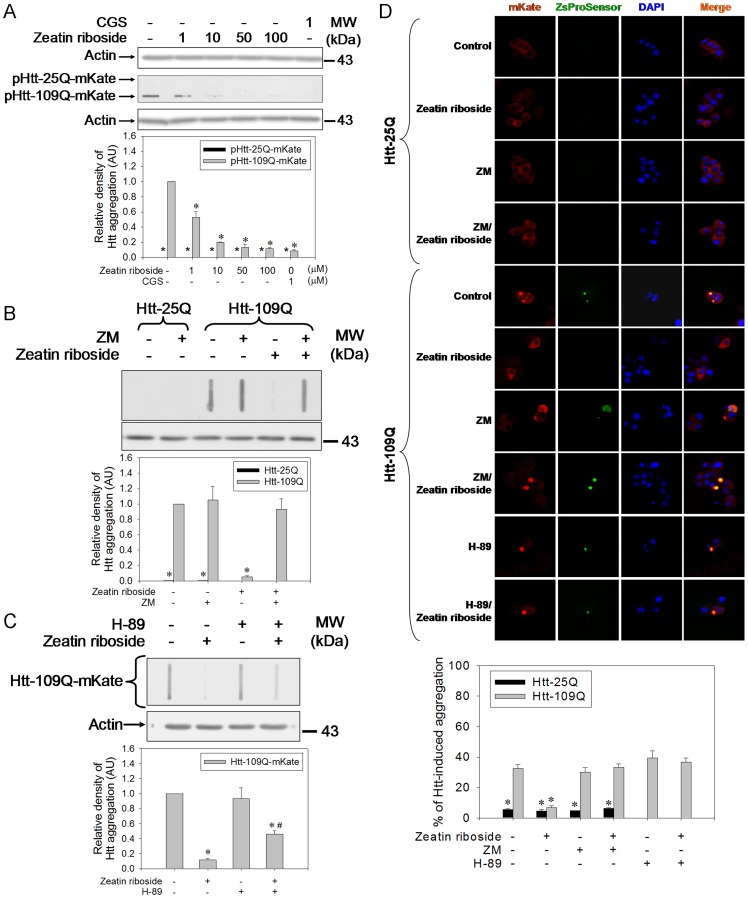Figure 2. Zeatin riboside acting on the A2A-R attenuates mutant Htt aggregations.
(A) pHtt-25Q-mKate- or pHtt-109Q-mKate-transfected cells were treated with 1 µM CGS or zeatin riboside for 24 h. Cells were harvested and subjected to a filter retardation assay and Western blot analysis. (B) The transfected cells were pretreated with or without 1 µM ZM for 30 min and treated with zeatin riboside for another 24 h. Cells were harvested and subjected to a filter retardation assay and Western blot analysis. (C) The transfected cells were pretreated with or without 5 µM H-89 for 30 min and treated with zeatin riboside for another 24 h. Cells were harvested and subjected to a filter retardation assay and Western blot analysis. The relative optical density of the bands (A∼C) were quantified by densitometry relative to actin and normalized to the levels under the Htt-109Q-overexpressed control condition. Data points represent the mean ± SEM. *p<0.05, compared to the mutant Htt control group. #p<0.05, compared to the zeatin riboside-treated mutant Htt group. (D) After 1 µM ZM pretreatment for 30 min, pHtt-25Q-mKate- or pHtt-109Q-mKate-transfected and pZsProSensor-co-transfected cells were treated with or without zeatin riboside for another 24 h and subjected to a confocal microscopic analysis. Bar represents 5 µm. In each group, the mKate-aggregated cells in proportion to the transfected cells were counted (100∼150 cells) These data points (mean ± SEM) represent one out of three independent experiments that gave similar results. *p<0.05, compared to the mutant Htt control group.

